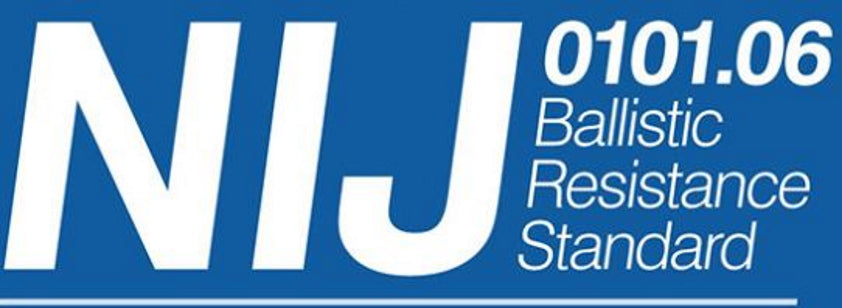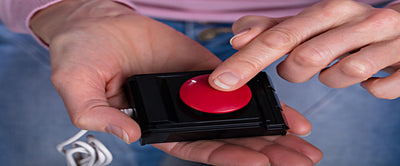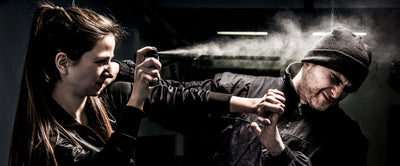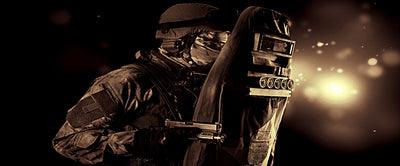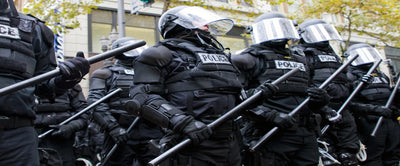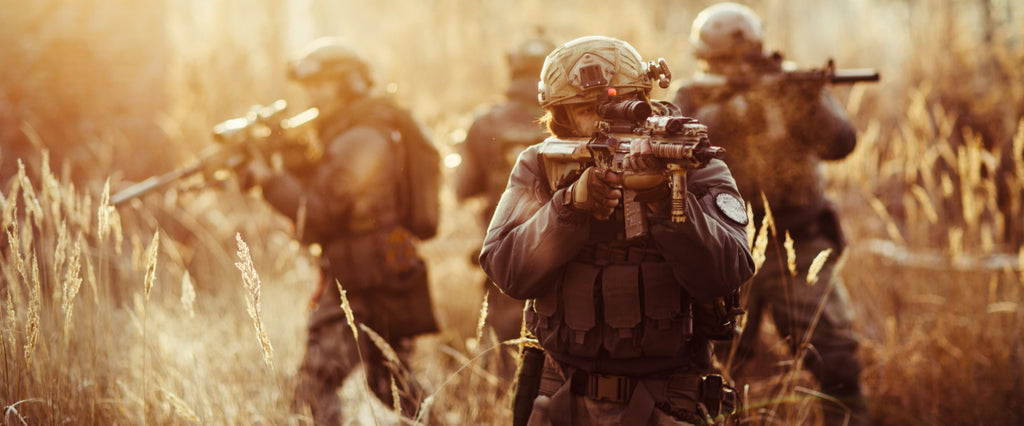
Bulletproof Vest Buyer's Guide
Ballistic vests are designed to save lives in dangerous situations. As a manufacturer of these vests, we know just how much goes into designing, developing, and manufacturing a bulletproof vest that will withstand the very worst conditions.
Knowing which bulletproof vest to choose will depend on your use. It doesn’t matter whether you are in the military, law enforcement, hunting, or simply a person who feels it’s important to be prepared for civil defense situations. You need to do your research when it comes to choosing the right bulletproof vest.
Let’s start with a brief history of the bulletproof vest.
TABLE OF CONTENTS
-
1
What is the history of bulletproof vests?
-
2
Why do I need a bulletproof vest?
-
3
What are the most commonly available bulletproof vest options?
-
4
What are the types of ballistic plates?
-
5
What is National Institute of Justice (NIJ) rating system?
-
6
What are the legal implications of buying/owing a bulletproof vest?
-
7
Are the bulletproof vest and the ballistic plates tested and to what testing standard?
-
8
Whare are the obsolete bulletproof vests?
-
9
How to make sure the bulletproof fits right?
-
10
Are there any bulletproof vest tips available?
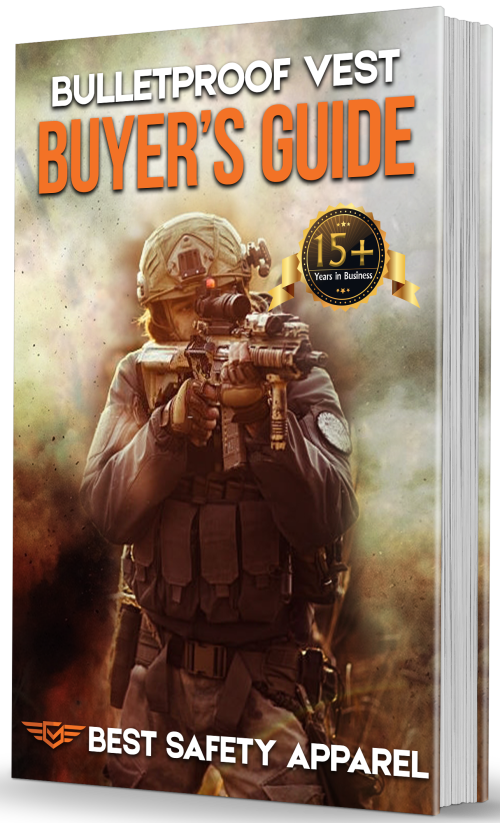
THE HISTORY OF THE BULLETPROOF VEST
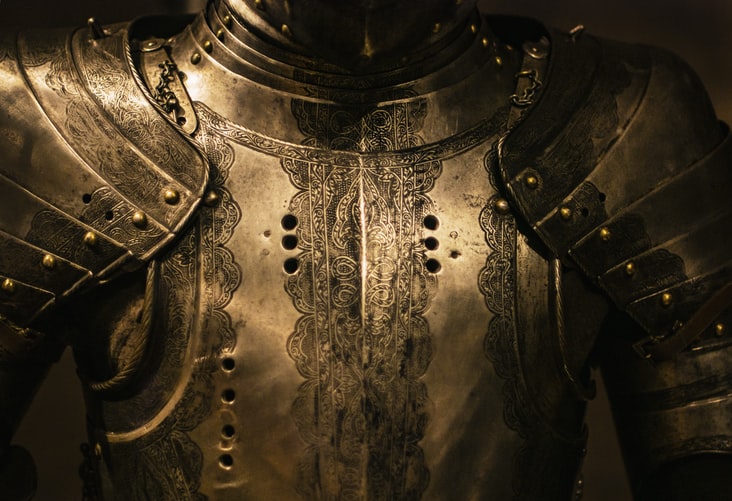
It all began in the American West, the authentic Wild West, and in what was certainly the wildest of those wild places – Tombstone, AZ. It was here that a physician named George E. Goodfellow had perfected the art of treating bullet wounds. He was a specialist in gut wounds, which were often some of the deadliest.
According to experts, it was he who performed the first recorded laparotomy. This means he operated on the abdominal cavity and was able to treat the Earp brothers following their famous battle at the O.K. Corral. Ironically enough, the doctor also ended up marrying one of the Colt family – a cousin to the famous gun maker, Sam Colt.

It was when Sam Colt was performing emergency surgery on a famous gambler named Charlie Storms that he discovered that of the two bullets that had injured him, one had passed through Storms' pocket and was essentially wrapped in silk. It had not torn as the bullet passed through.
Six years later, Dr. Goodfellow had done tons of research and published an article, “The Impenetrability of Silk to Bullets.”
Is silk bulletproof? In a word: No.
But this wasn’t the first time an expert had proposed the theory because of the material’s impressive strength. It had been the Koreans who had first attempted to use silk to block weapons from passing into a warrior’s body (they called their invention the Myeonje baegab).
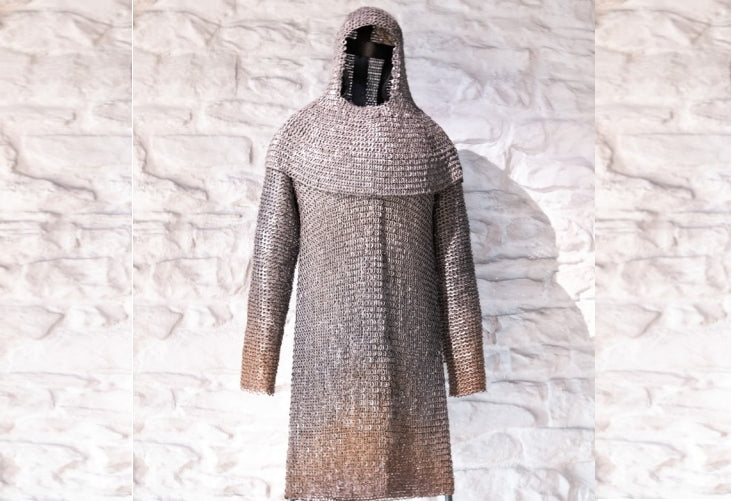
Of course, we all know that centuries earlier knights and other warriors wore armor and chain mail to help protect them from stab wounds, missiles like spears, and body blows.
However, Dr. Goodfellow kicked off the proverbial firestorm of interest and in the late 1890s, a priest in Chicago was able to survive a close-range shot wearing his silk, linen, and wool vest. Soon, members of royal households around the globe were sporting their own bulletproof vests as it was a time when anarchist attacks were occurring with regularity. Everyone from the city leaders of Chicago to the King of Spain was wearing them.
WHY DO YOU NEED A BULLETPROOF VEST?
The assassination of Archduke Franz Ferdinand in 1914, who was wearing a silk bulletproof vest but who was shot in the neck, changed the pace of invention. As one group of historians wrote, it was at the end of the nineteenth century, though, when protective gear shrank from full-body armor to more thoughtfully designed metal plates. Fighting was now done at a distance, cannon fire was more of threat, and soldiers began to wear helmets made of metal as well as metal plates to protect the body.
Soon, strong plates were worn over the most vulnerable spots: the heart and certain areas of the spine. This basic concept evolved over time, and with the invention of the tightly woven polymer called Kevlar, became nearly foolproof.
Kevlar is ultra-light, remarkably strong, and was first used in bulletproof vests as early as the 1960s. Interestingly enough, the history of the bulletproof vest has managed to circle back to Arizona. In 2018, the Air Force Research Lab indicated that they had found a material that could regulate body temperature and strengthen synthetic fibers.
What was this miraculous material – artificial spider silk! Today, it is under study as a Kevlar alternative, but for now, the history of the bulletproof vest must stop at the use of durable Kevlar to protect law enforcement and others.
Are you one of those “others”? As the legal experts would say of bulletproof vests, they are typically worn by law enforcement, hostage negotiators and military personnel. This is often because a suspect may have a weapon. However, private citizens use them too.
Hunters, owners of gun shops, and even convenience store clerks wear them. Often called body armor or a ballistic vest, the bulletproof vest (and all other forms of body armor) are entirely legal for civilians to purchase, own, and wear.
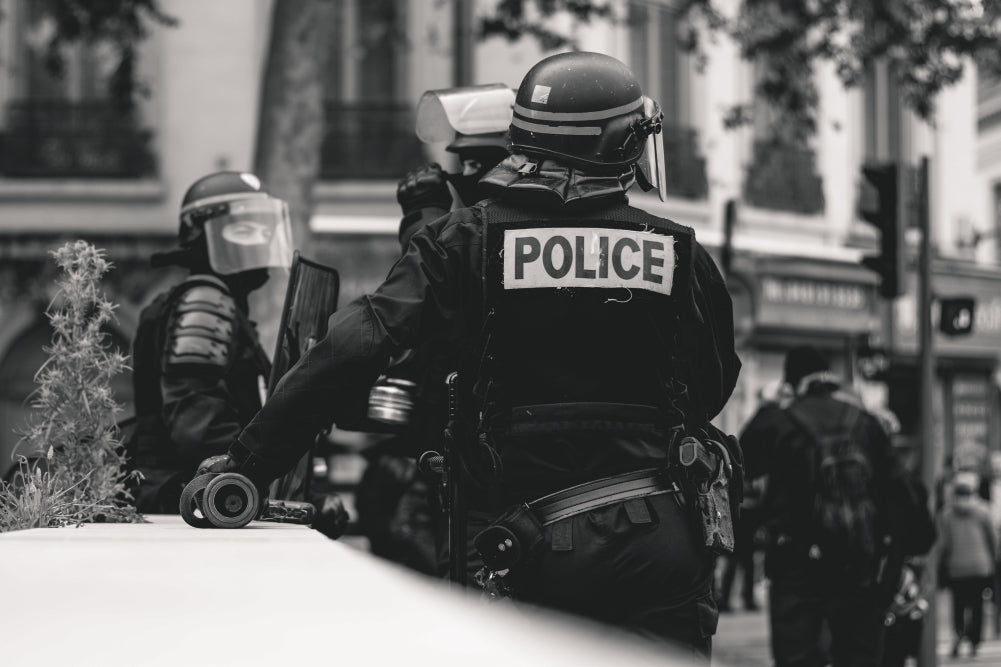
Police Applications
Police personnel in combat situations
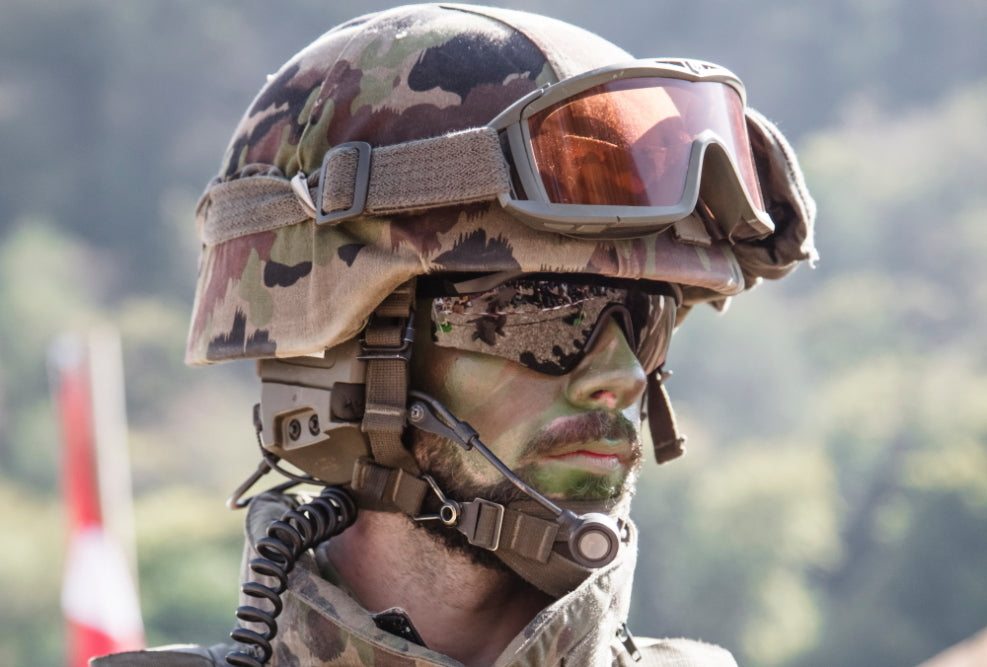
Military Applications
Military personnel in war or war like situations
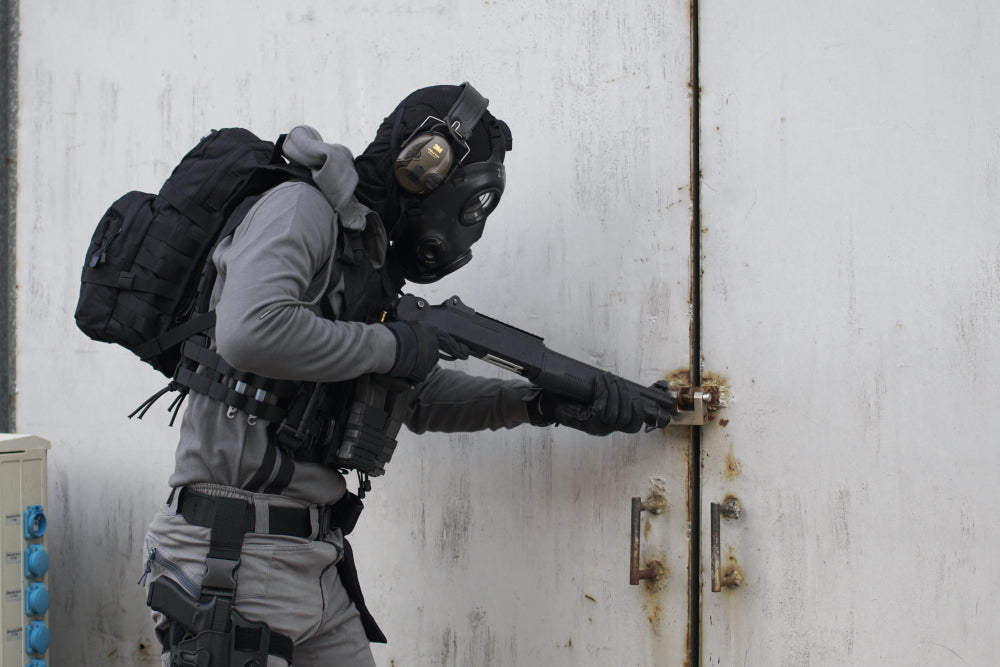
Armed Security Applications
Armed security forces in life threatening situations
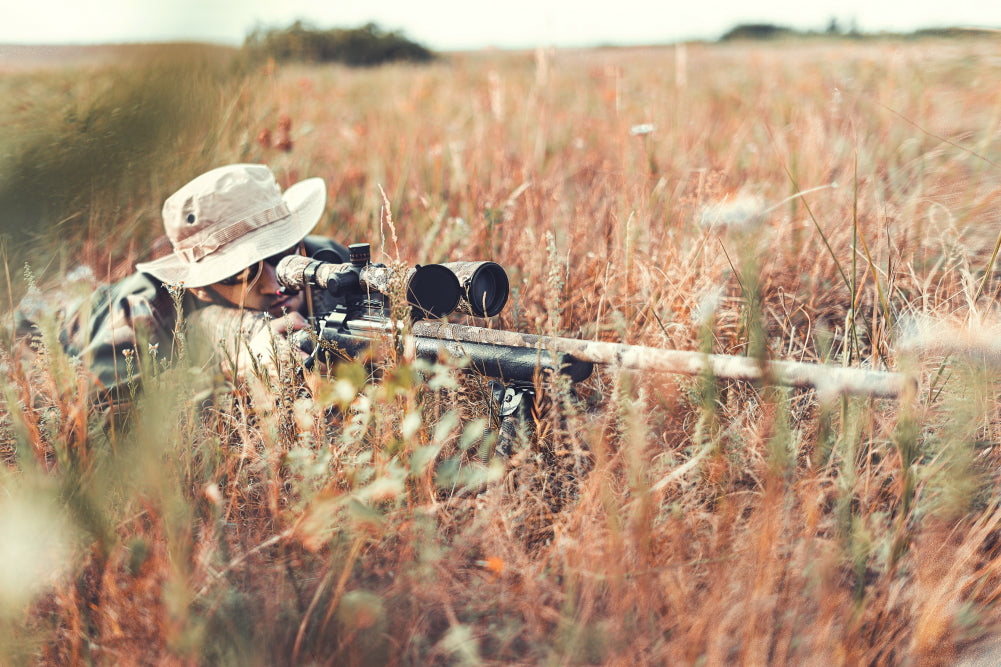
Hunting Applications
Hunters to safeguard themselves from stray firing
BULLETPROOF VESTS OPTIONS
So, when buying a bulletproof vest, it is important to know that there are options in what is known as “soft body armor” that would fall into the NIJ 1 to IIIA ratings and then there is “hard armor,” that falls under the III and IV ratings.
The top bulletproof vest options are those that best fit the scenario you imagine facing. For example, you may opt for Kevlar soft armor vests that supply protection and less weight. They protect from small arms fire and while they are bullet-resistant at close range, they can offer plentiful protection.
Hard ballistic plate vests are for those who find themselves in dangerous scenarios but take some getting used to for their weight and how they can limit mobility. There are also stab-resistant vests that may be worn by people like guards, and others who need to stay safe from puncture wounds. Prison guards, as an example, may wear such vests.
Whether you are looking to invest in body armor as part of your home defense strategy, you are building a prepper’s arsenal, you are part of law enforcement, or for other reasons, the best options are those that meet your needs. This may mean opting for a:
- Military vest
- Ballistic concealable vest
- General-purpose vest
- Ballistic flotation vest
- Combat level vest, and more...
TYPES OF BALLISTIC PLATES
The NIJ levels tie to the different armor or ballistic plates. There are the soft body armor options that are part of the III to IV levels from the NIJ and are divided by how much protection they offer from ballistic rounds. Armor plates or hard body armor have two classes recognized by the NIJ’s categories – the type III or IV. Types III and IV provide the most durable protection and while III can stop a rifle round, type IV can stop armor-piercing rounds.
The ballistic plate materials used vary from ceramic to tiles made of lumina oxide or boron carbide. There are pros and cons to each choice, with weight being a negative, as well as the risk of cracking for the ceramic plates. You may find that steel plate armor is also an option, but it is the heaviest available.
There are polyethylene plates, which can stop multiple bullets and are much more resilient. They weigh very little but cannot be used for type IV plates as they are unable to stop armor-piercing rounds. There is also UHMWPE or Ultra High Molecular Weight Polyethylene that is somewhere between ceramic and plastic.
You also choose based on the cut and shape of the plates. The most common are:
- Rectangular – Offering a lot of coverage, they are also quite limited in the range of movement you have when wearing them. They are great when inserted at the back of a vest.
- SAPI – The next best in terms of coverage, they are rectangular with the exception that there are no upper corners to help with the limited mobility of a full rectangular plate design.
- Shooter – These are close to SAPI but have much larger reductions at the corners. They are also “handed,” meaning that they have even less on one side to better accommodate the gunstock
- Swimmer – This style offers the least coverage and features with all four corners of a plate removed.
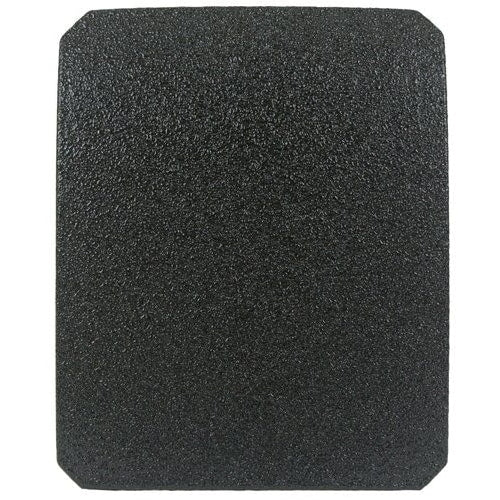
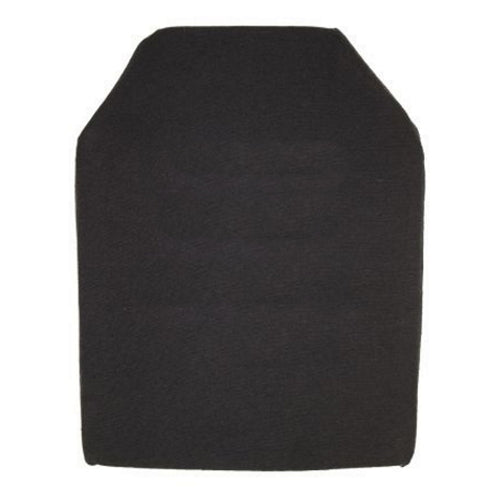
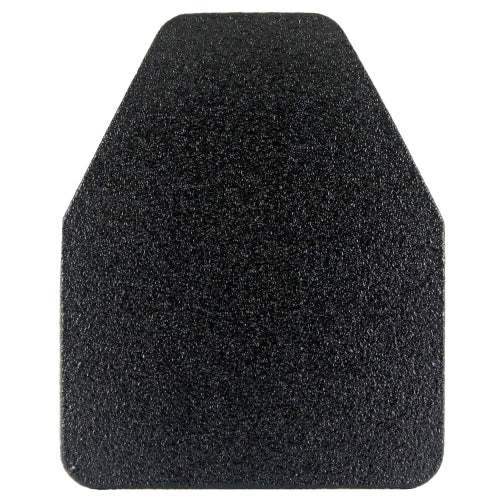
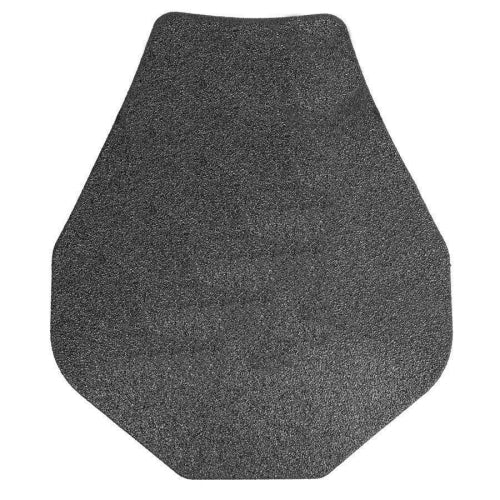
National Institute of Justice (NIJ) RATING SYSTEM
As one might imagine, there must also be some attention given to the manufacturing and production of bulletproof vests. The NIJ or National Institute of Justice has been “setting voluntary body armor standards since 1972. The NIJ standard is the only nationally accepted standard for the body armor worn by law enforcement and corrections officers. NIJ also administers a program to test commercially available armor for compliance with the standards to determine whether the vests meet NIJ's minimum performance standards.”
This makes one thing plain – when purchasing a bulletproof vest, you must be certain it has passed or met NIJ standards.
LEGAL IMPLICATIONS
Under current U.S. Federal Law, a bulletproof vest is a form of body armor, and that is regulated by federal statute 18 U.S.C.A. Section 931. This is the law that says that anyone who has ever been convicted of a violent felony is not allowed to own a bulletproof vest – unless it is required of them in doing their work. For example, they may have to wear one as an employee.
States also regulate the use of bulletproof vests with some preventing other people from owning them and increasing sentencing if armor is used during a crime. As an example, in California, a judge has the right to add up to three years to any sentence if body armor is involved.
Most states also forbid convicted persons from owning a vest or other body armor, and some states indicate that body armor cannot be legally worn on school grounds or at school functions. Some make online sales illegal, too.
Do the laws make sense? Many disagree with them, as a vest in itself will not do any harm and is in fact meant to lessen injury. This is why most laws look at a criminal who has used a bulletproof vest, with the reasoning that if they wear body armor and commit a crime it reveals a lot about their intent. It can make it particularly challenging for law enforcement to subdue someone wearing protection.
BULLETPROOF VEST & PLATES TESTING
Our bulletproof vests and the ballistic plates are tested in accordance with NIJ 0101.06 standard so you can be rest assured that you are getting a well tested and a proven product.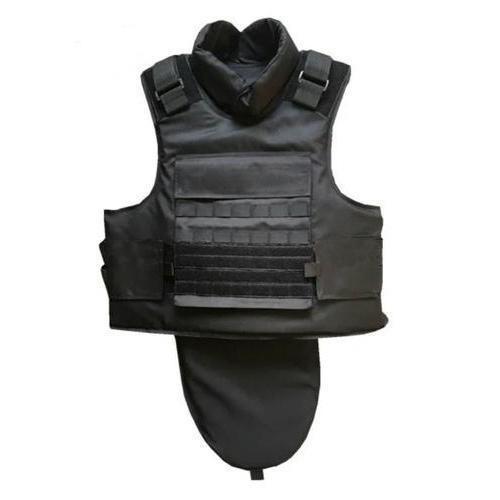

Tested in accordance with NIJ 0101.06 testing standard by an independent testing facility.
OBSOLETE BULLETPROOF VESTS
Historic bulletproof vests are mostly obsolete in terms of materials and design. Whether from silk or antique armor plates, they cannot perform in the same ways as modern materials and design.
It is important to note, however, that even a modern bulletproof vest will have an expiration date. This is because exposure to heat, humidity, and general wear and tear allows fibers to degrade or weaken.
As an example, in 2015, a New York Post noted that thousands of police officers were relying on vests that had gone past their expiration dates. A manufacturer quoted in that story explained that protective gear can respond to heat and moisture, breaking down and losing its capabilities. Fibers can degrade and most vests must be replaced within five years of a warranty's expiration date.
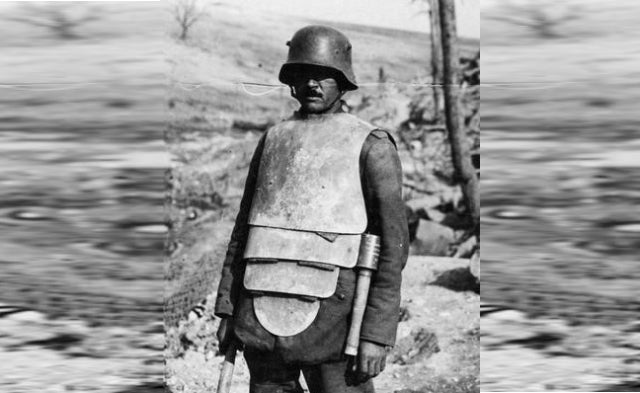
These type of layered vests are almost prehistoric and should avoid buying such vests which do not offer the needed protection as per the NIJ standards. One should be careful in buying the bulletproof vests making sure that they meet the NIJ standards.
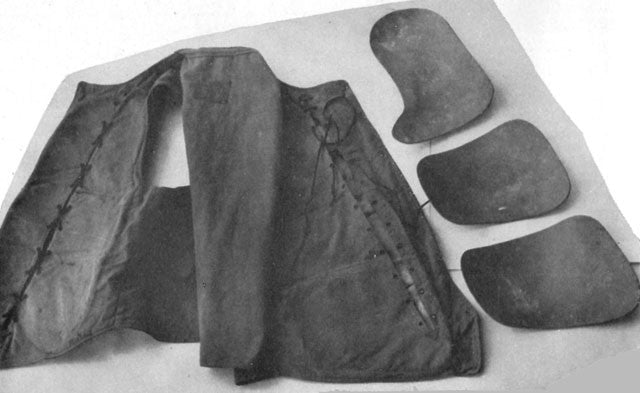
These are even more older and obsolete vests with almost no protection whatsoever with a simple cloth stitched with pads.
HOW TO MAKE SURE YOUR BULLETPROOF VEST FITS?
In addition to understanding which NIJ level and what sort of style you need, it would be great if you could choose from small, medium, large, and so on. However, that is not the best way to ensure your bulletproof vest fits best. Instead, you need to consider:
- Too small or too large can make movement difficult or painful
- Poorly chosen shapes (plates) can also limit movement
- Sizing is not standard and trying on a vest before buying is best
- Sizing also applies to plates – 10” X 12” are the most common, though they come as 8” X 10” for some manufacturers and up to 11” X 14” for others
- The sternal notch (the point in the throat that triggers a gag reaction if pressure is applied) is where the armor plate should reach
- The armor plating should fully cover the chest from nipple to nipple
- Pay attention to the curvature of plates as some makers curve plates to better accommodate the human body
- The bulletproof vest will look a lot higher on the body than many think it will – remember, a bulletproof vest’s goal is to protect the lungs and the heart – not the belly
BULLETPROOF VEST TIPS
As any expert would say, having a grasp on all the details of picking out body armor is essential to making the right choice. In the end, it is all about your needs, your budget, and your body.
You’ll ALWAYS need to use the manufacturer’s sizing charts to help make the right choice. And, having answers to the questions below will inform your decision-making.
BULLETPROOF VEST FAQS
For your convenience we have put together a list of most frequently asked questions by our customers. Please make the best use of them.
The vendor should indicate what NIJ standard the vest is tested in accordance with on the vest’s ballistic panels and the same for the ballistic plates.
National Institute of Justice sets standards for plates ranging from one to four. They include:
- Level I – Rated for two types of small caliber rounds - .38 and .22 (NOTE: Level I is not really considered up to NIJ standards).
- Level IIA – Protects the body from 9mm and .40 Smith and Wesson rounds.
- Level II – Same as the IIA but can sustain 9mm damage when the round is traveling at higher velocity. It also offers some defense against .357 magnum rounds.
- Level IIIA – Offers all of the previous levels and against 9mm rounds at speeds of up to 1400 feet per second. Also shields against .44 magnum and .44 caliber rounds.
- Level III – The first level to protect against rifle rounds and are made of harder and heavier plates.
- Level IV – The highest level of protection, and can shield the body from armor-piercing rounds.
Check with your state laws around the purchase and use of bulletproof vests, but in general, you can wear concealable body armor.
In a word: No. This is for one simple reason – it may have reached and passed its expiration date by several years before it heads into surplus stock.
The best fit is the one that covers the heart and lungs, allows for movement, and is comfortable enough to accommodate the activities you are performing. It should not be too big or too small.
We learned that federal laws are preventing convicted felons from using body armor, and state laws vary. If you have no criminal history, owning and using a bulletproof vest should likely be legal in your state. Just always check state and local laws.
No. Bulletproof vest is a bit of a misnomer because they are mostly bullet resistant and not entirely bulletproof. Plus, the distance from the hazard and the velocity and size of a bullet play a role in whether the vest can offer full protection or not.
No, as stated, there are expiration dates on the materials used in a bulletproof vest. You will need to upgrade within the five year warranty period.
The goal of any bulletproof vest is to protect the heart and lungs, and many have plates at the back to also offer spine and lung protection. They cannot offer protection for the head, face, neck, abdomen, groin or legs. For additional protection you can add optional neck, shoulder, side and groin protection for an additional price.
You can find body armor for the groin as well as the neck and the shoulders.
You want to take accurate measurements before buying to ensure your vest fits well and allows easy breathing and movement. Wear clothing when measuring for the vest, stand tall when measuring, and be sure you take measurements of the chest, waist, front standing and sitting, back, back to belt, and belt to belt for the best, most effective fit.
A great guide for measuring and sizing properly can be found here - Bulletproof Vest Sizing Chart.
Kevlar is flame-resistant and there are some materials like Nomex that are fireproof (this is what flight suits are made from), but for the most part, a bulletproof vest is not going to offer a lot of protection in a fire because it does not cover much of the body.
CONCLUSION
Do you need a bulletproof vest? If you are in any sort of law enforcement or military work, the answer is a resounding yes. If you find yourself in situations where you often wish you had body armor, then it is time to purchase a bulletproof vest and other garments.
If you are concerned about personal safety at all times, you can find bulletproof garments that can offer you a lot of extra defense.
The point here is simple: You have federally protected rights to own and use body armor, including the most protective bulletproof vests. With the details here, you can figure out which is best for your needs, how to get the right fit, and what to look for in terms of ballistic plates and materials.
Take your time to choose the products ideally suited to your needs, and remember that you will need to replace and update over time, so working with a premium vendor is also an important part of the decision-making process when buying a bulletproof vest.









